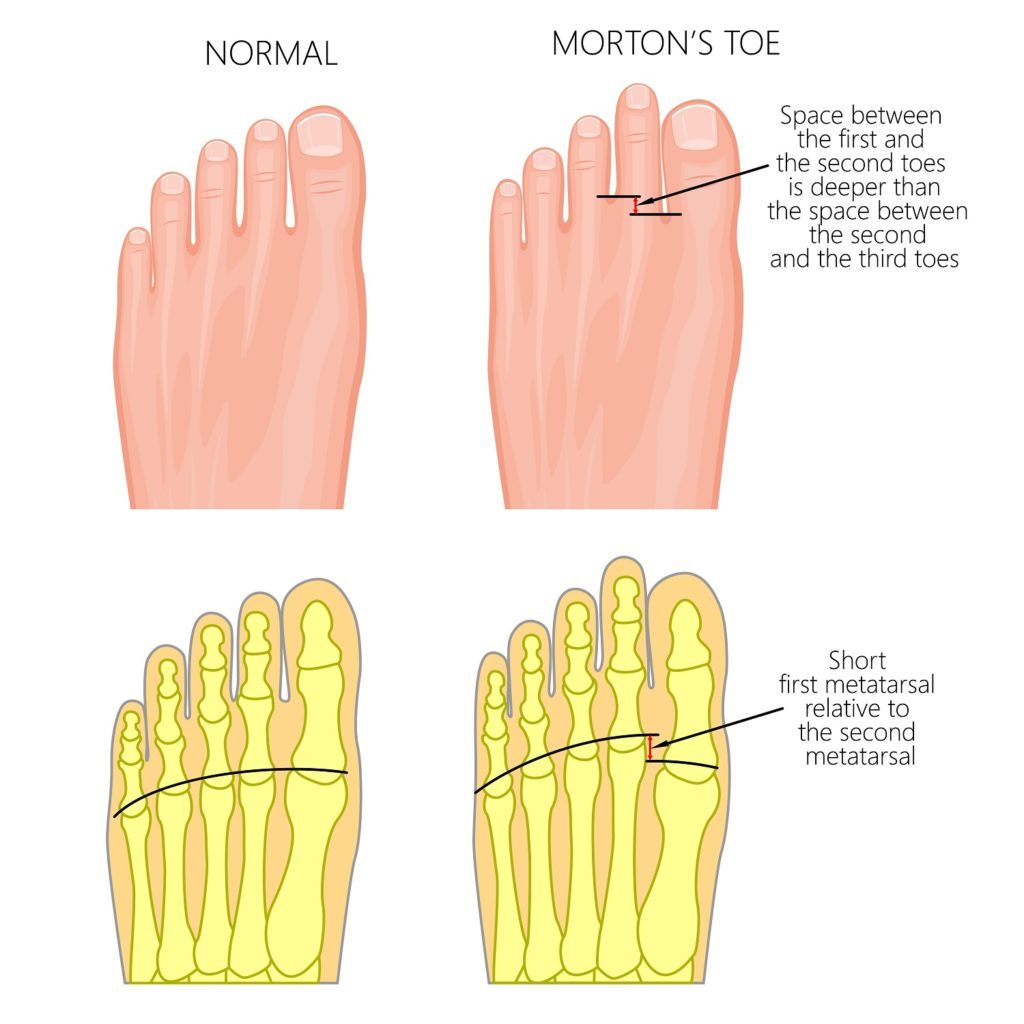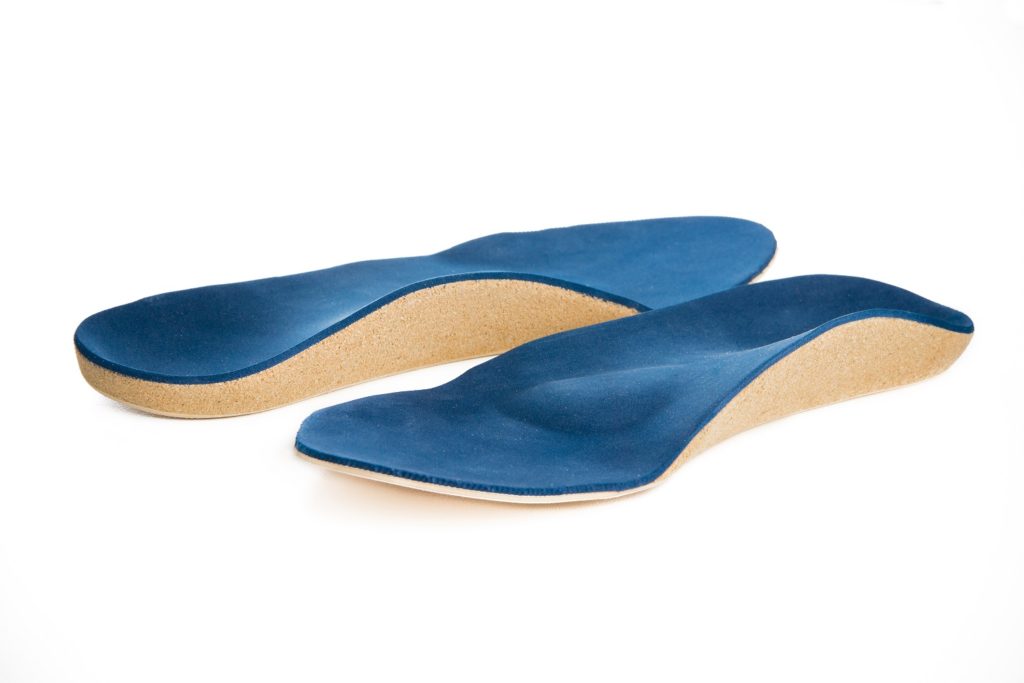There are 5 phalanges, commonly referred to as toes, that connect with the long metatarsal bones that make up the forefoot. The toes are made up of 3 joints: distal interphalangeal (DIP) joint, proximal interphalangeal (PIP) joint, and metatarsophalangeal (MTP) joint. What are Hammer
Foot Myth Buster – Using a Toe Spacer Will Correct the Alignment of a Bunion
According to a study from NCBI (National Center for Biotechnology Information) on toe separators / spacers and night splints, it concluded that none of them were able to change the joint angle of the great toe significantly enough to be considered effective. The toe separators did seem to provide
Foot Myth Buster – Having A Long Second Toe Increases Your Risk For Developing A Bunion
The condition in which a patient has a longer second toe is called a “morton’s” toe, and it appears in 20-30% of the general population. This condition is a risk factor for bunions, but there is no direct link in the literature that would suggest that having a longer second toe will always result
Foot Myth Buster – Does The Use of Foot Orthotics Help Prevent Injuries?
A recent article in the British Journal of Sports Medicine which looked at 18 different studies in regards to this specific topic found that foot orthotics: Reduced injury risk by 28% overall Decreased the risk of having a lower extremity stress fracture by 41% Stress fracture of tibia
Foot Myth Buster – Does The Use of Shock Absorbing Insoles Help Prevent Injuries?
A recent article in the British Journal of Sports Medicine addresses the value of orthotics vs shock absorbing insoles in regards to injury prevention. Shock absorbing insoles were not found to be helpful in the prevention of ANY type of injury. While the researchers did not find any evidence
Foot Myth Buster – Only Athletes Can Get Athlete’s Foot
According to the National Center for Biotechnology Information (NCBI), athlete’s foot is a fungal condition that typically occurs in between the toes, but can occur anywhere on the foot. The condition is characterized by redness, itchiness, cracked and flaky skin, and sometimes blisters or sores.
Foot Myth Buster – It Can’t Be Broken Because I Can Move It And Put Weight On It
There is a commonly held misconception that, when it comes to feet or ankles, if you can put weight on it, or if you can actively move it, it can’t be broken. The truth of the matter is that there are certain conditions that can expose this statement to be a myth. The fibula is one of the long



